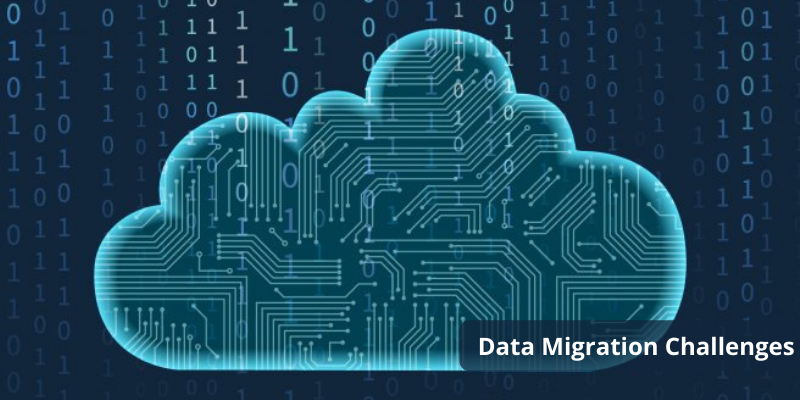Reduce Data Migration Challenges With An Organized Strategy
Over the last several decades, the difficulty of controlling migration has expanded significantly. Data warehouse migration is the process of moving data among different kinds of storage, formats, and software solutions. The importance of this issue has to be a top priority for every system deployment, expansion, or amalgamation project. In a perfect scenario, this would be carried out systematically to carry out an autonomous migration tool. Migration professionals constitute, without a doubt, a most significant component of any process, particularly whether it is financial or time-critical.
Architectural data integration software products and interfaces are developed to assist an automated integrated approach for linking and transporting information from source networks to target technologies, which is performed by software engineers.
Data migration may be a time-consuming procedure since it requires extensive testing to guarantee that the data is of high quality. Moreover, if best practices are not applied and costs involved are not detected at a preliminary phase, migrating may be very expensive. The opposite is true as well: numerous firms nowadays choose to purchase services from IT service providers rather than purchasing their own IT equipment, gear, and/or software and then administering it themselves. The number of service providers is growing at an alarming rate, and the cloud seems to be the tool of choice for more cloud services as the number of sellers grows.
The Advantages of Data Migration
The practice of migrating databases to a different environment persists, although the solution is not appropriate or intended for all situations or users. Making judgments on the spur of the moment will not result in a better outcome, as you must first grasp the potential benefits and advantages that it may provide. Here are a few examples:
- It improves the performance of fundamental apps and data.
- It may aid in the scaling of resources and the meeting of the rising demand for company data.
- Maximize effectiveness and productivity while minimizing IT overhead to the greatest extent feasible.
- Pay-per-use service is available.
That number should serve as a reminder to any business contemplating transferring data such as on to the Cloud, emphasizing the significance of a well-planned data capture methodology in order to minimize any data migration downtime that may occur. According to my extensive experience with various data migration projects, ranging from basic backup and recovery procedures to synchronized reconstructions.
We provide the following advice to assist you in planning an effective data transfer with the least amount of interruption possible.
Take Precautions to Avoid the Unexpected – The possibility of unanticipated complications exists even with meticulous preparation, identifying which data has to be moved, choosing the proper storage and database services, and using suitable data transfer techniques. When predicting the time necessary to effectively complete a data transfer or the amount of downtime that will be experienced, project teams might be excessively optimistic. Experience has shown us that an AWS Advanced Consulting Partner can not only assist you in planning for eventualities such as generating a rollback strategy, but can also lead you through the process of defining a realistic migration time-frame.
Recognize when data has to be transferred – The importance of timing cannot be overstated. It is possible to migrate customers and goods at any point before go-live, with any latest faces being manually upgraded; however, you must have a robust mechanism in place to monitor this. Alternatively, they might be moved at go-live if you do a test migrating ahead of time to ensure everything is working properly. Existing / active operations and balances are often needed to be moved at the moment of go-live, and as a result, they may be a barrier although there are workarounds. However, when it comes to historical data, such as sales history, the timing is far more flexible – you may integrate sales information at any point after you’ve gone live with your new system.
Create a realistic budgeting – Data migration may be quite costly, particularly if it is performed incorrectly. Budgeting is an essential component of data transfer, and regrettably, it is the most often encountered stumbling block to successful data migration. Over 80 percent of data transfer initiatives are delayed or over budget, according to industry statistics.
Automate – Automate migration is a time-consuming and concentration-intensive procedure that may cause disruptions to a company’s routine business activities. As a result, one of the most important data migration tactics is to seek automation tools and procedures that can assist you in making the transfer in a timely and effective manner.
Bottom Line
Data warehouse migration services fulfill the most stringent security, dependability, and energy efficiency of the proposed available elsewhere in the world. Cloud computing services provide a range of options to meet your company’s needs, from move-in-ready to custom-built. Contact cloud data analytics team now to learn more. The infrastructures are intended to serve as a controller gateway, providing access to all of the main service companies.




